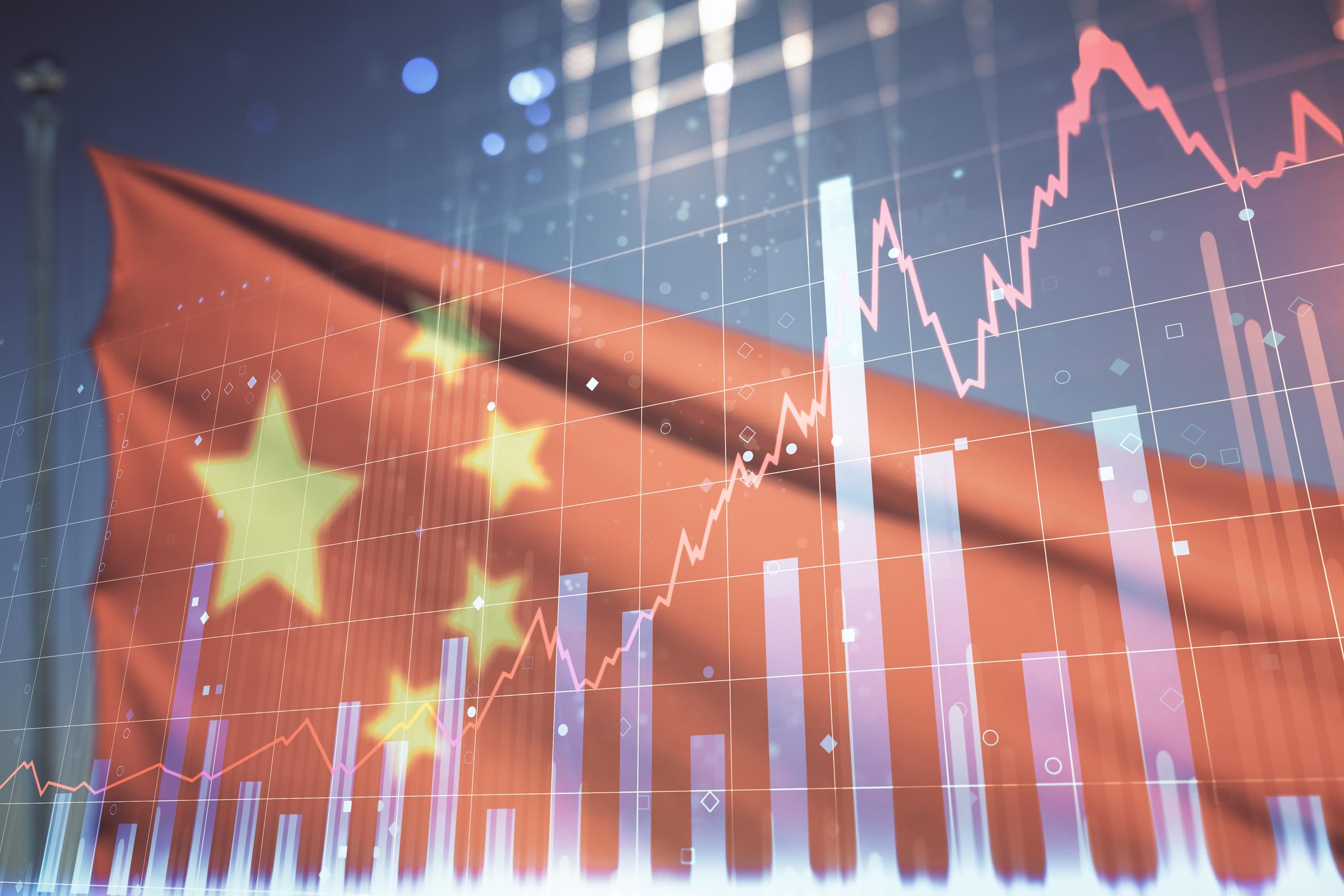
In the global discussion around data privacy and security, much attention has been rightfully placed on the Chinese-owned platform TikTok, with concerns that the user data it collects is accessible to Chinese authorities. But the issue of data collection on behalf of the Chinese Communist Party (CCP), and its integration into propaganda efforts, extends far beyond a single app.
A new ASPI report, launched today, sheds light on a much wider ecosystem of companies involved in areas like data exchange, media, gaming, artificial intelligence and immersive technology that are all being corralled into the CCP’s propaganda system.
The report, Truth and reality with Chinese characteristics: The building blocks of the propaganda system enabling CCP information campaigns, and its accompanying website, maps the CCP’s propaganda system, highlighting the linkages between the Central Propaganda Department, state-owned or controlled propaganda entities and data-collection activities, as well as technology investments in Chinese companies, many of which now operate globally. The CCP’s aim is to leverage various entities across media, gaming, AI and other emerging technologies to gain access to data that it deems strategically valuable for the propaganda system and its ongoing information campaigns.
The project reveals the expansive ambition of a modernising propaganda apparatus that extends far beyond traditional media channels or any single app. Through strategic partnerships and financial support, it intertwines with emerging technologies, leveraging data collection, AI, and immersive experiences to reinforce its grip on information flows. The problem runs much deeper than just TikTok. As the project shows, the pervasive influence of China’s propaganda system reaches into a much wider spectrum of industries and technologies.
The Chinese party-state has long seen digital communications technology as a double-edged sword, and it has used that threat perception to guide its national approach to technology’s research and development, use and management. The CCP is interested not just in preventing unwanted interference in China’s information environment from either internal or external sources, but also in being able to shape, manage and control the information environment inside and outside China.
It faces a constantly evolving information landscape and adapts its strategies accordingly. One such evolution is from a focus on traditional ‘party-controlled media’ to a more comprehensive approach centred on ‘party-controlled data’ (党管数据). Data is seen in an expansive way: not simply as a source for commercial exploitation, but as a strategic asset that can be used in its propaganda efforts. By exercising control over data—including data collected from subsidiaries operating outside China—the CCP can gain unprecedented insight into societal trends and preferences.
For years, leaders in liberal democracies assumed that digital communications technologies would pave the way for democracy while simultaneously weakening authoritarian regimes. Only when those same digital platforms started to be used to subvert democratic processes, such as through cyberattacks or foreign interference in elections and referendums, did leaders in liberal democracies begin to understand that democratic societies require protection against the malign use of those technologies.
Governments worldwide are currently fixated on mitigating risks associated with TikTok, leading to many countries banning the app from official devices. However, this narrow approach overlooks the broader implications of China’s growing investment in pivotal information technologies. By addressing platforms individually, policymakers fail to recognise the systemic challenge posed by China’s propaganda system and its foundational technology investments. This issue extends beyond China’s domestic information sphere, influencing the global information landscape as well.
China’s propaganda system is a vast structure in and of itself. Under its direct control, or with its direct support, are a web of additional entities whose portfolios contribute to the party’s ability to meet its strategic aims in the information environment. By understanding the ‘invisible architecture’ of China’s propaganda system and technologies, countries can better prepare to mitigate risks that PRC companies pose now or down the track.
Governments must think more holistically about the issue of information campaigns and the technologies that enable them. If governments seek to combat information campaigns only after those campaigns are detected, or their effects felt, then they’re putting themselves in the position of only having the toolkit to respond once the damage is done. The starting points for meeting this challenge must include ensuring that liberal democracies are at the forefront of the deployment of information standards and the core foundational technologies for Web 2.0 and beyond.
Policymakers must develop robust defences and countermeasures to safeguard against future information campaigns orchestrated by Beijing. By understanding the intricate workings of China’s propaganda machinery, governments and industries can formulate policies to ensure the integrity and security of the global information environment. The report makes a series of recommendations around improving due diligence and transparency in the digital supply chain, data standardisation, and regulating technologies used for surveillance and related immersive technologies.
Lawmakers in the United States should rightfully be pleased that they’ve been able to take decisive action against TikTok in a moment of bipartisanship despite Washington’s polarised politics. But they, and other governments, should not rest on their laurels. The challenge posed by China’s propaganda system extends far beyond a single app and requires a comprehensive approach that addresses the broader technological landscape.